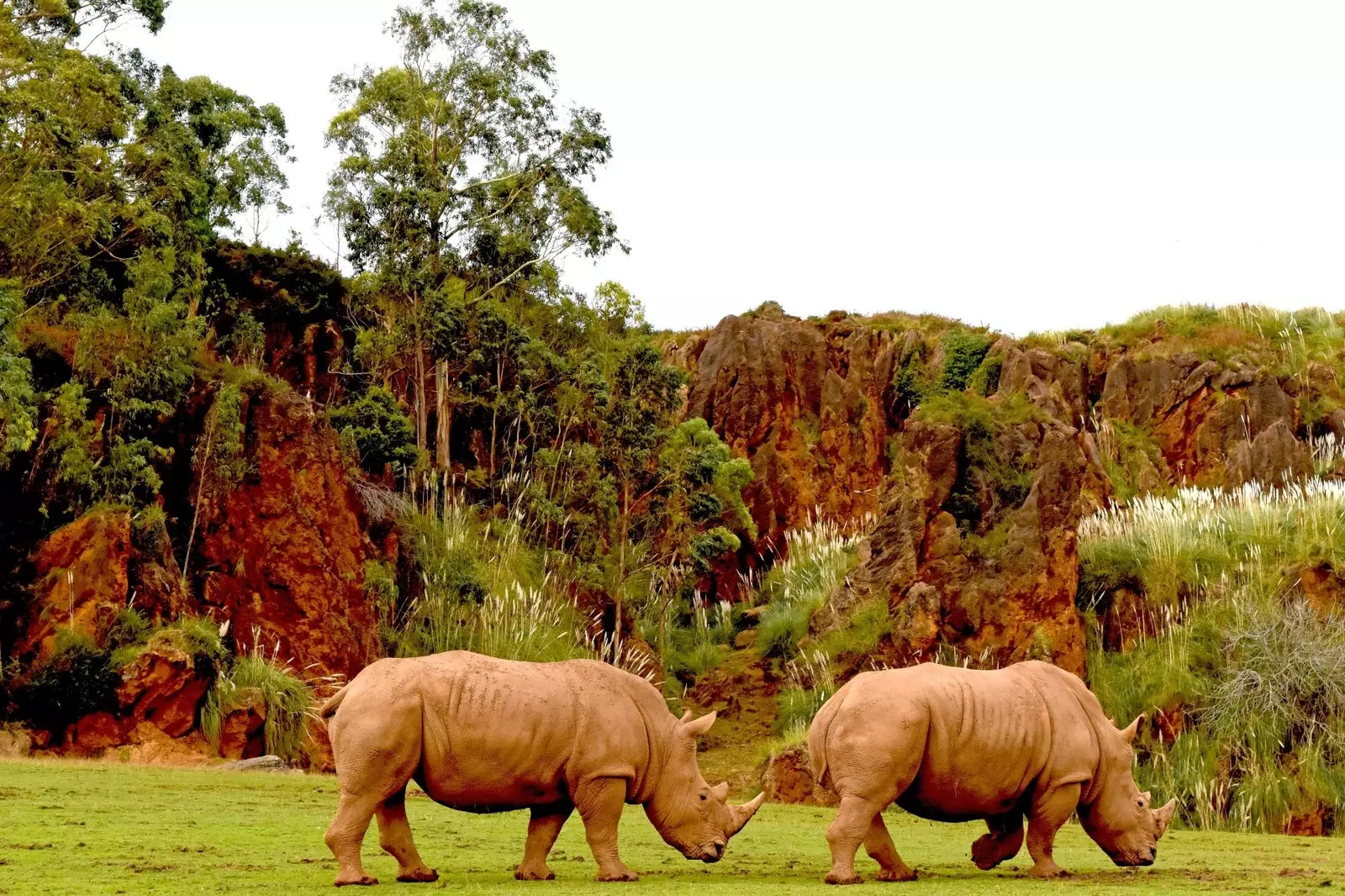
Rhinos recover in Nepal.
The rhinoceros is one of the most endangered animals on the planet. . Poaching and the loss of its habitat are the main current dangers it faces. Its horns are cut as trophies or because in some places they are believed to have medicinal properties, which is why the species has been in danger of extinction numerous times over the last two centuries.
Nevertheless, since 2019 the population has increased in the world by 30% , according to data from the WWF organization.
Remember that there are five types of rhino species, each in a different state of threat. The javanese rhinoceros (less than 68 copies in the world), the black rhino (less than 5,500) and the Sumatran rhino (less than 50) are in critical condition, while the indian rhinoceros in a vulnerable state (less than 3,500 individuals) and the white rhino near threatened (less than 17,000).
At the beginning of the 20th century, the population of the one-horned rhinoceros (also known as the Indian rhinoceros) was reduced to about 200 individuals but now they are counted. more than 3,700 approximately in northeast India and Nepal . The work of the government and organizations, such as WWF, has borne fruit.
In Nepal, specifically, the department in charge of accounting for the species (Department of National Parks and Wildlife Conservation) in 2021 has reported that the species is recovering slightly, by 16%. Their studies show a population of 752 specimens , compared to 645 counted in 2015.
The count has been carried out in some of the protected areas where they live, including Chitwan National Park, Parsa National Park, Bardia National Park and Shuklaphanta National Park, and also in other areas where there is no government protection. The task has been carried out for three weeks and it is done every five years.
According to WWF, population estimates are based on different categories such as sex and age group . But also during the process, technical staff collect data on their habitat conditions, invasive species and human activities in the region.
“Overall growth in population size is indicative of ongoing protection efforts and habitat management by protected area authorities despite the challenging contexts of recent years,” said Ghana Gurung, WWF representative in Nepal. "This achievement is another milestone in Nepal's conservation journey that shows the impact of the concerted efforts of all stakeholders and provides much-needed momentum to the global conservation community."
